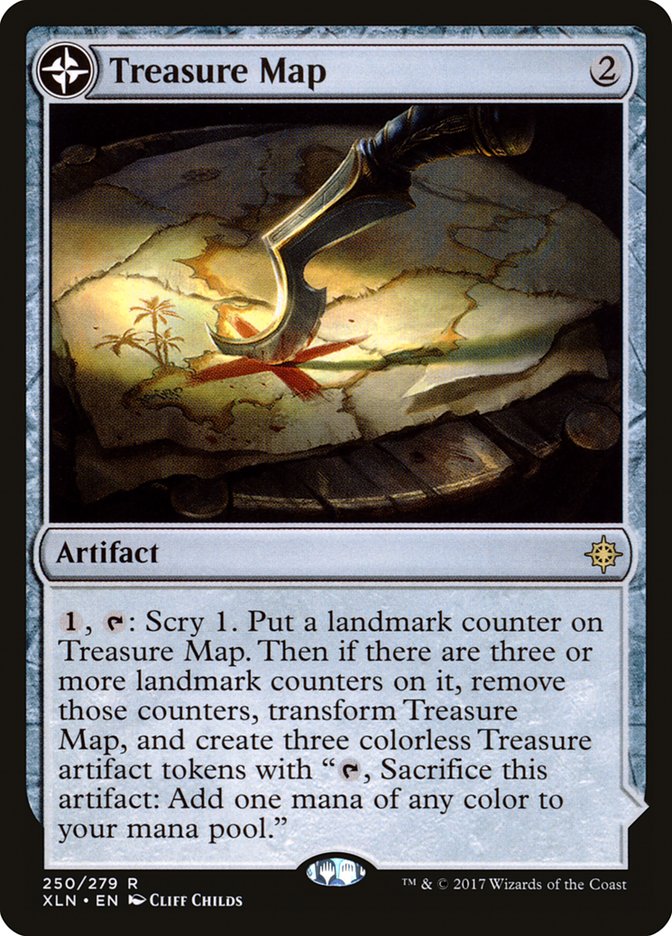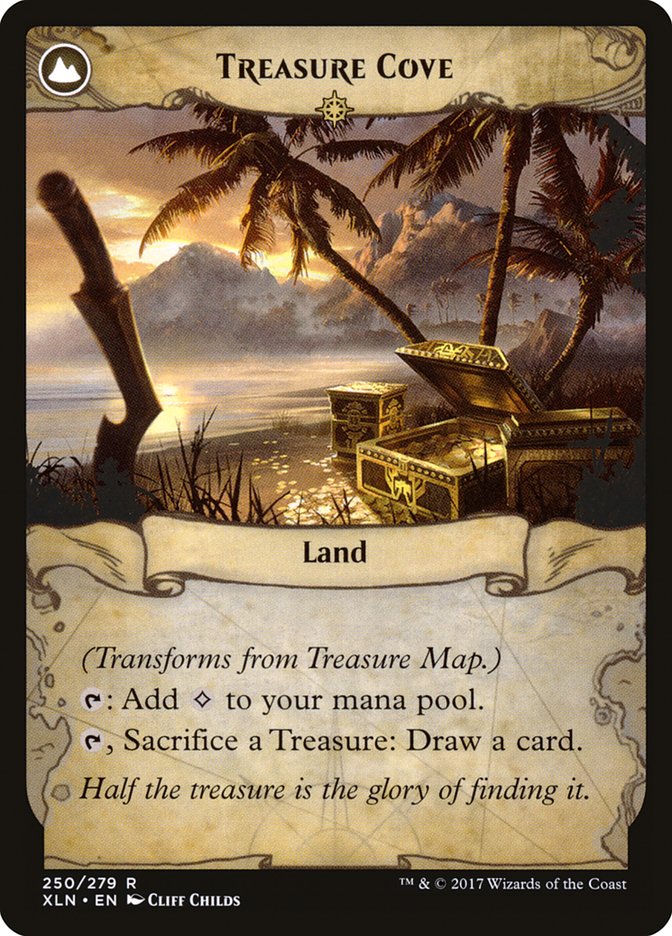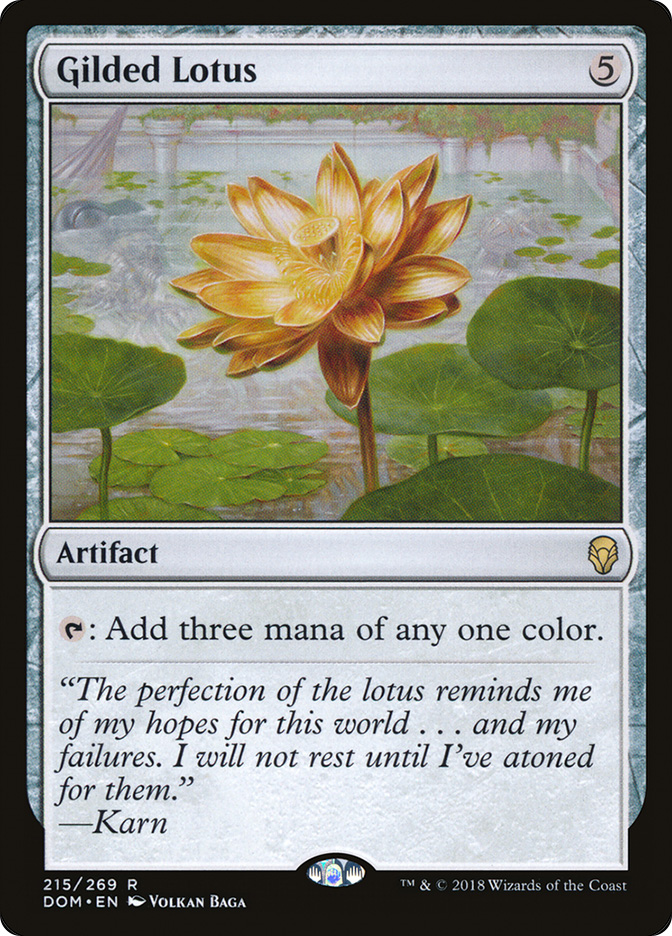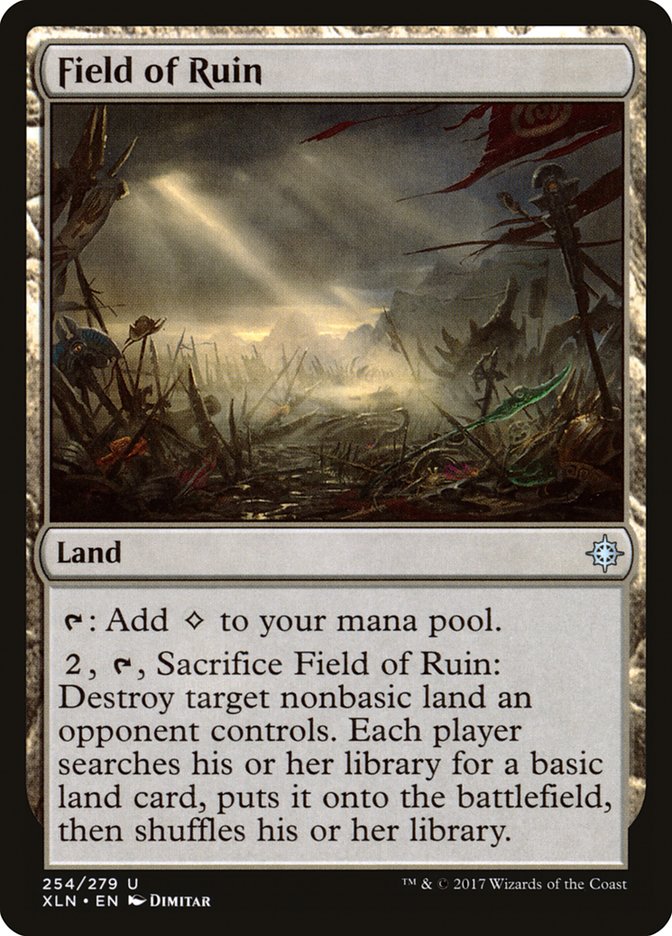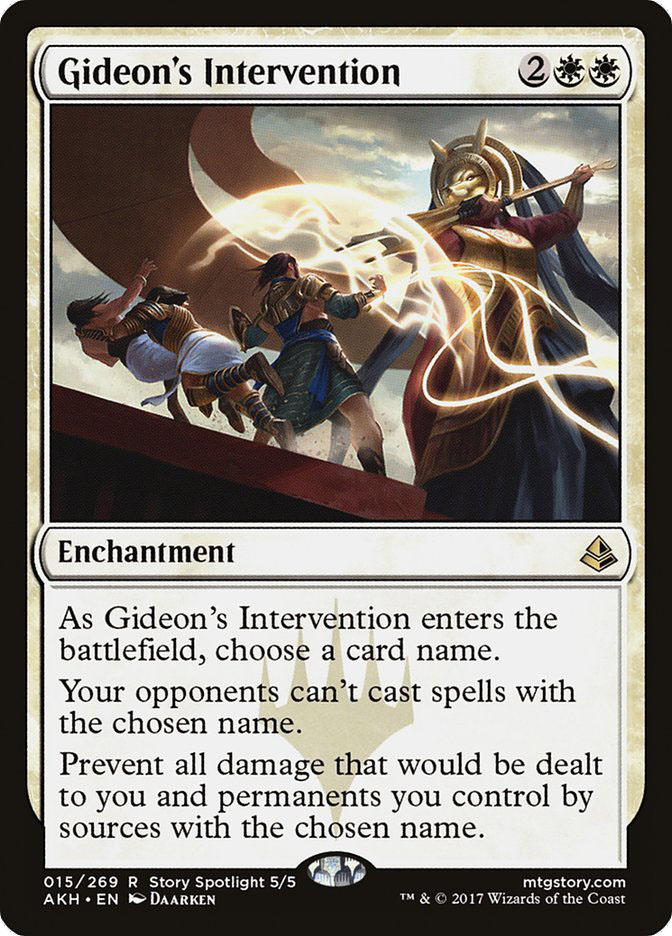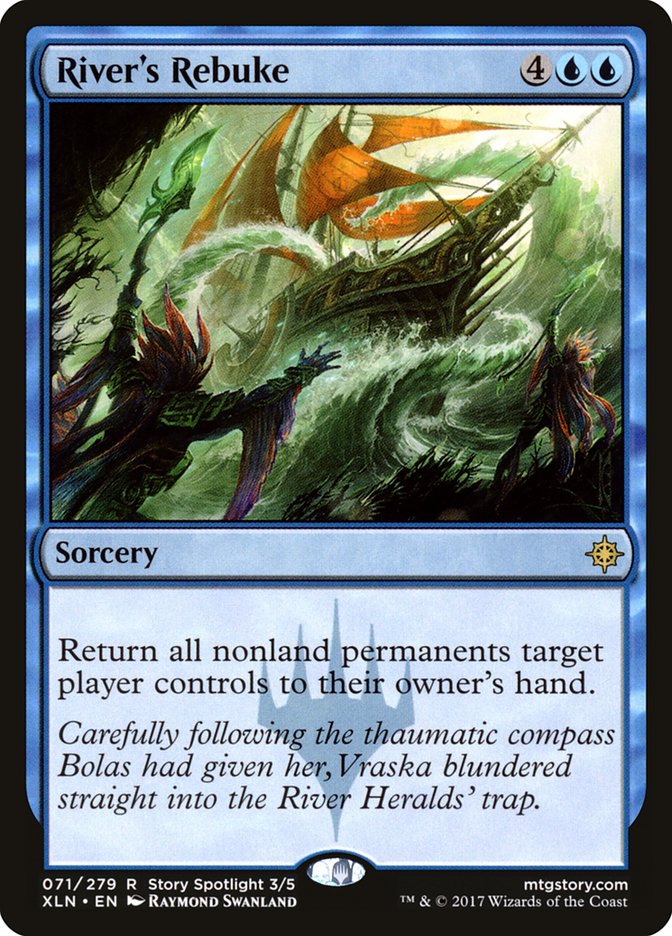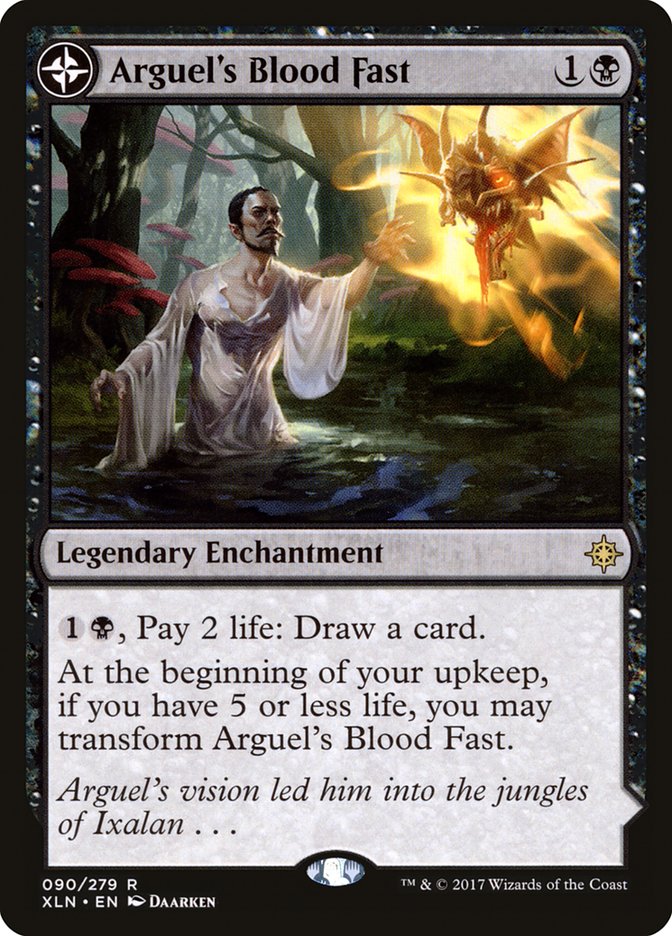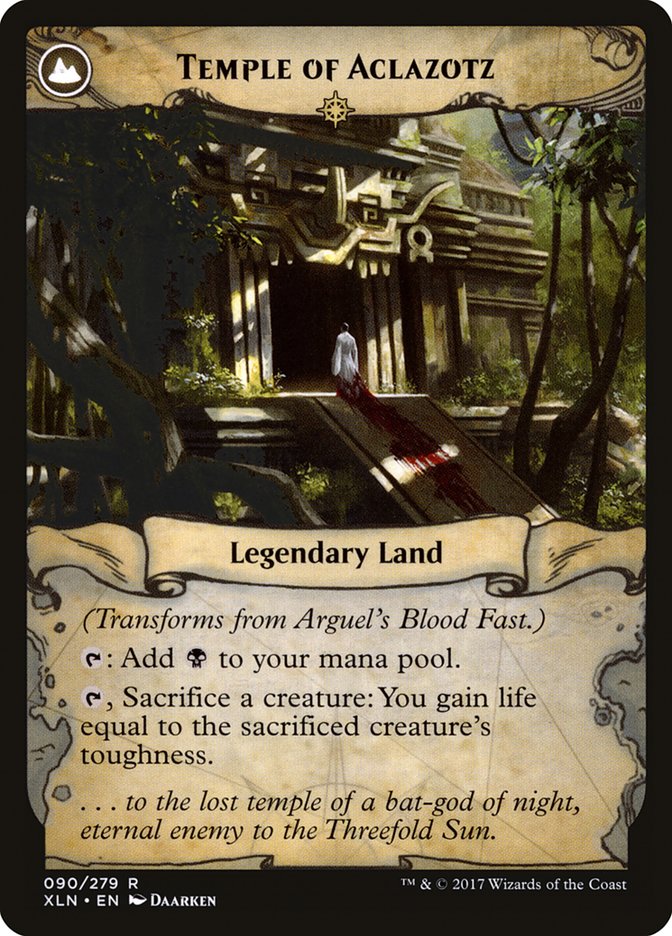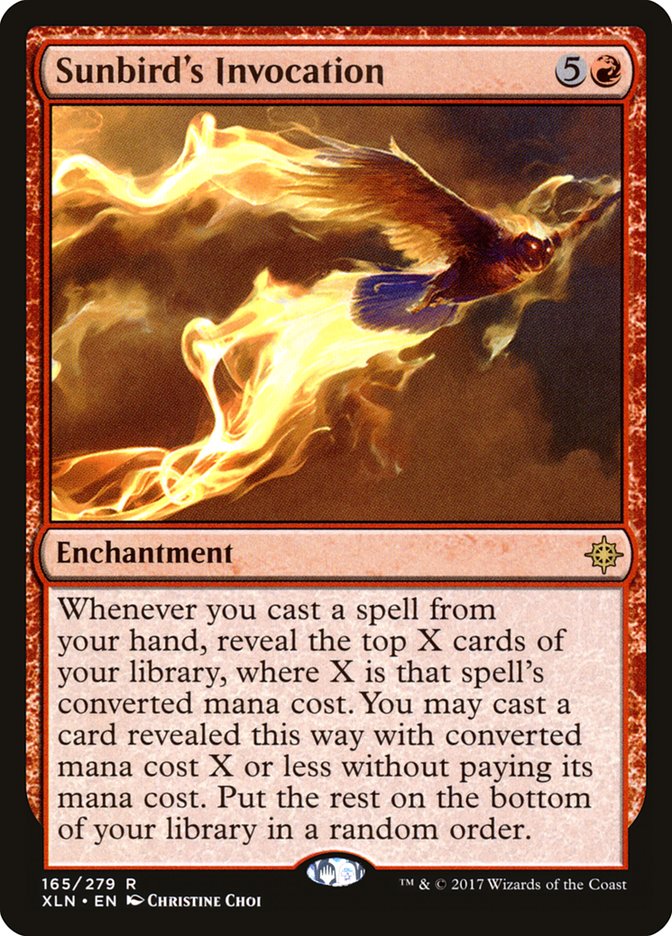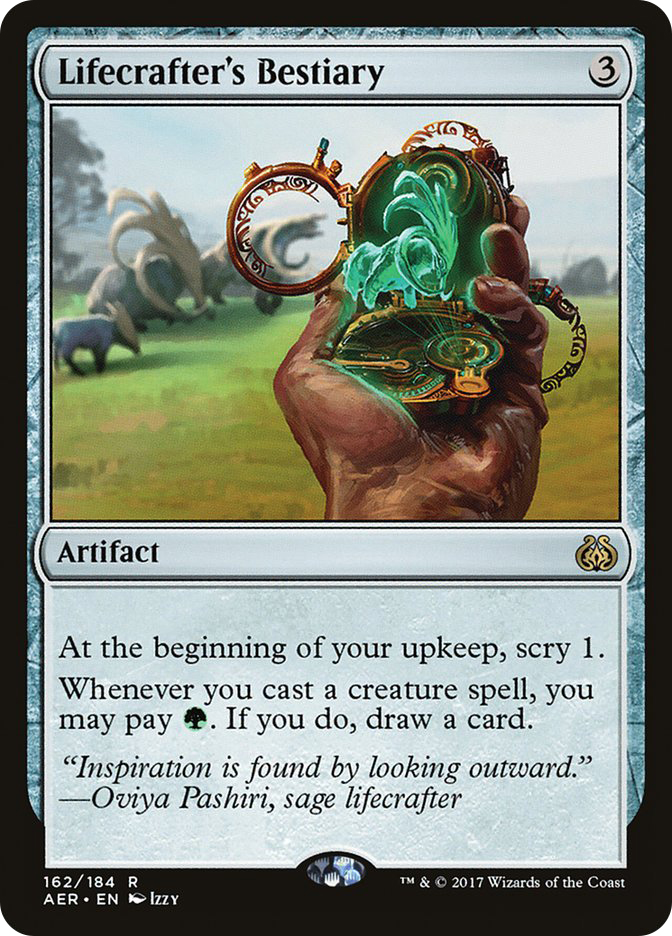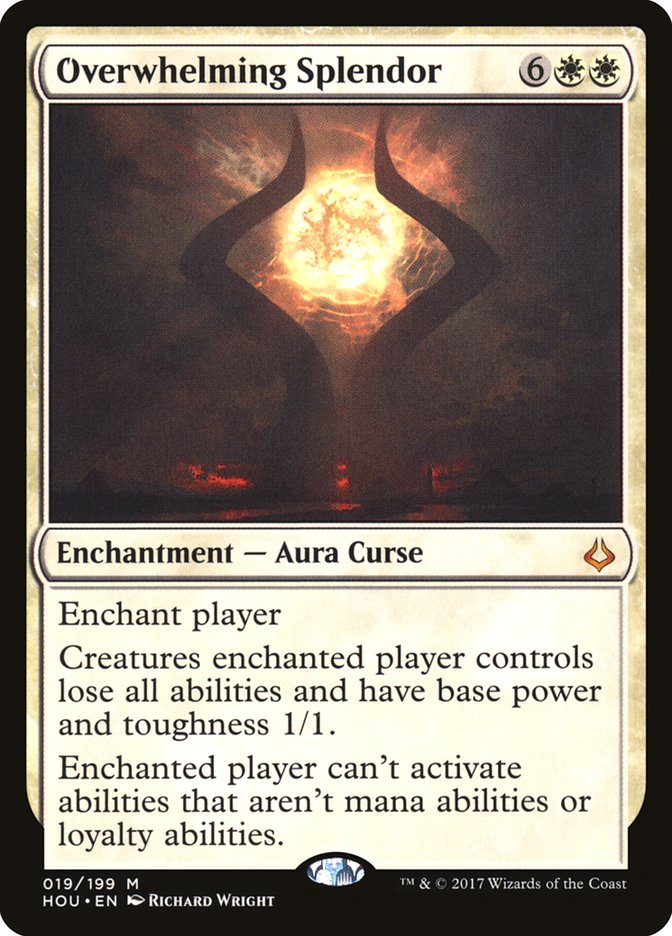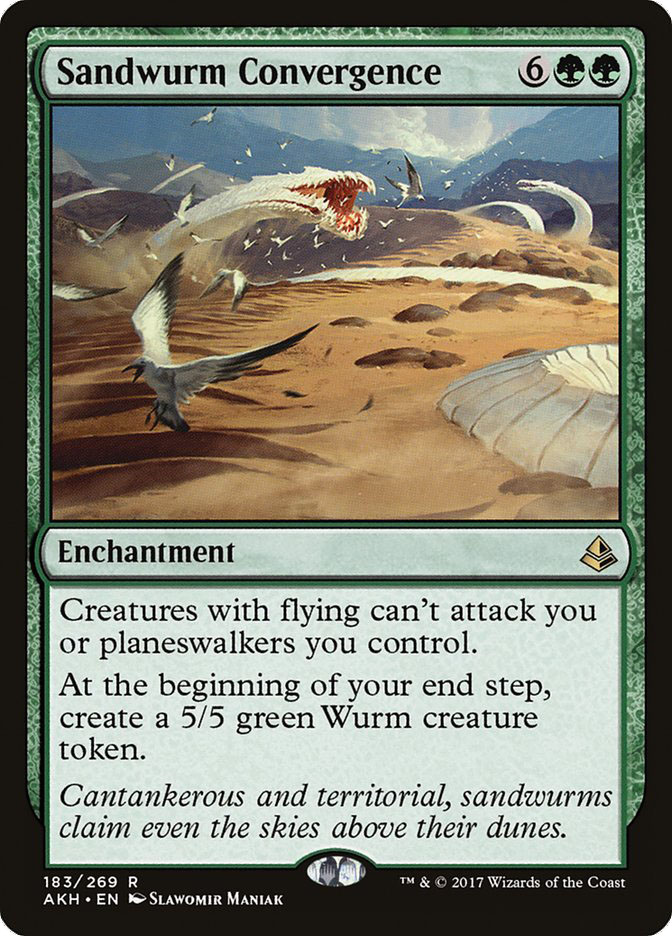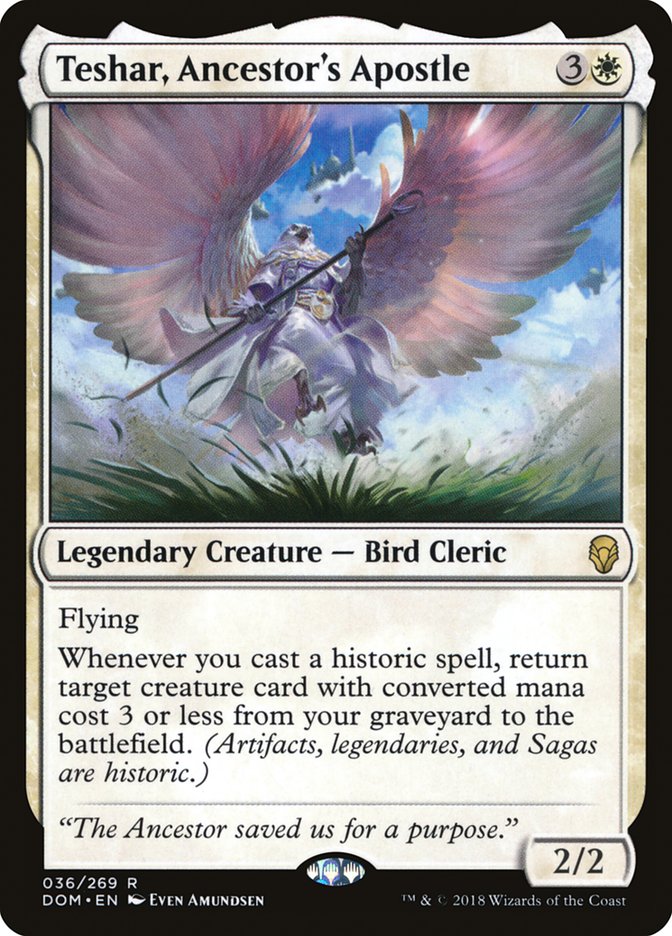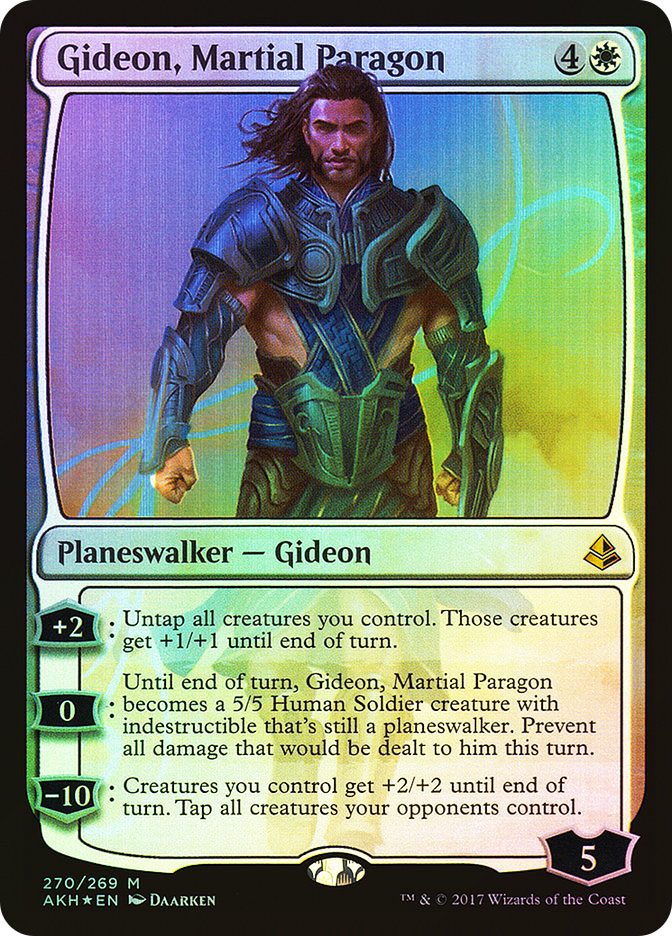Out of the many reasons I’m excited for the release of Dominaria, there probably isn’t anything I’m more hyped about than being able to Brawl. Just like Ross Merriam, who wrote about this new format earlier in the week, I’ve never considered myself a casual player. I’ve never owned a Commander deck, nor had any desire to build one. However, I’m fascinated by Brawl and have loved playing the format so far. Not only will I be playing the format in Leagues online, I’m also planning on having my own paper Brawl deck built to play games at #SCGATL.
By the time you’re reading this article, 1v1 Brawl will be available on Magic Online and that’s the format I want to discuss today. I know Brawl is also designed to be a multiplayer game, but for the most part I believe it will be a 1v1 format, so everything I write will be based around that. I’ve built a few different decks by now and played a handful of games, so I wanted to write about some of my takeaways of the format so far, go over my picks for format staples, and end with a couple more decklists.
First, some takeaways about Brawl:
Format Speed
Now I know this isn’t a surprise to anyone, but Brawl is slower than Standard. You have 50% more life to start the game, and the decks aren’t as consistent since you can only play one of each card. However, this doesn’t mean you can fill your deck with only powerful top-end cards and ignore the first few turns of the game. 30 life is significantly less than 40, for those of you who play traditional multiplayer Commander games, and you don’t have other players for your opponent to be focused on.
You still need to build your deck with a regular Standard-like mana curve to not fall behind too quickly, as the thirty life can go away in a hurry. There aren’t as many ways to catch up when you fall behind since you can only play one of each card, which leads to my next point.
Sweepers Are Crucial
Unless you’re playing an aggressive deck, you need to have access to some kind of sweeper effect to be able to catch up when you’re behind. I’m talking about cards like Fumigate, Bontu’s Last Reckoning, or Hour of Devastation. Such cards can drastically change the state of the battlefield, an effect more desirable than normal in a longer game. Again, remember you only have one of each copy of any card in your deck, so be prepared to have multiple sweepers instead of just relying on one if needed.
Be Able to Interact with Artifacts and Enchantments
You don’t have access to a sideboard in Brawl, so you can’t completely ignore interaction with artifacts and enchantments when building your deck. Many of the format staples that I’ll be going over in the next segment are artifacts or enchantments, and being able to remove them can be the difference between winning and losing. I would say more often than not you’ll have a target for a Naturalize effect, but of course the best ones to play will be versatile options such as Thrashing Brontodon, Abrade, or Cast Out.
Now that you have a few baselines on what to keep in mind when building your Brawl deck, let’s go over a few colorless cards that will be staples of the format, as well as one card in each color that I believe could fit into a wide variety of strategies.
The Colorless Staples of Brawl
As far as format staples go, there’s no better place to start than Walking Ballista. Walking Ballista simply will be the most common card in Brawl, and I expect every deck to run a copy. It is colorless and so can fit in every deck, is good early in the game if you need it to fill out your curve, and is an amazing topdeck late in the game. Plus, there are plenty of synergies in the format with historic cards or +1/+1 counters. Just put this card in all of your decks, and expect to see it on the other side of the table when choosing lines of play during games.
Treasure Map is another card that I expect most Brawl decks to include, yet it won’t be quite as ubiquitous as Walking Ballista. With starting at 30 life, and therefore a longer game than you’d normally play in Standard, a two-mana artifact that fixes your draw step as well as ramps in the mid-game is a welcome addition to most every deck. Maybe the aggressive Brawl decks will pass on Treasure Map, but they’ll be in the minority.
Gilded Lotus is exactly the kind of card that’s made for Brawl, and it’s a wonderful inclusion in Dominaria for the format. Having a mana advantage over the opponent is key when playing midrange and control decks, and that’s exactly what Gilded Lotus provides. Also, the manabases in Brawl aren’t the most consistent, considering you can only play one of each nonbasic land that your deck desires, which makes the color fixing Gilded Lotus provides valuable as well. Even if your curve tops out at six or seven, there are still many mana sinks you can play in the format to take advantage of Gilded Lotus, making it a strong consideration for most decks.
Field of Ruin would be an important addition to Brawl manabases just taking into consideration the ability to fix your mana when needed, but it does so much more. The Ixalan legendary enchantments that transform into lands, such as Search for Azcanta, are powerful enough to take over games, making Field of Ruin a necessary answer.
One Key Card of Each Color
With those being the colorless cards that I see most decks finding room, let’s check out one card of each color that I think should be strongly considered when building a Brawl deck.
We already talked about how good Wrath effects are in Brawl, but instead of going with one of them, I wanted to talk about how Gideon’s Intervention is a surprisingly good card in the singleton format. When Gideon’s Intervention enters the battlefield, you name a card and then your opponent can’t cast that card anymore.
Usually this effect would be saved for combo decks that rely on a certain card. However, with Brawl, you know your opponent will always have access to casting their commander, even if you remove it from the battlefield, and the only way to keep your opponent from recasting their commander is with Gideon’s Intervention. So for those of you who don’t want to deal with The Scarab God coming back over and over again, I’d recommend trying out a Gideon’s Intervention to keep it off the battlefield for good.
River’s Rebuke has the potential to be a devastating one-sided sweeper that bounces all nonland permanents back to your opponent’s hand. I mentioned earlier how artifacts and enchantments are also key parts to this format, and River’s Rebuke can drastically set the opponent back in the late-game. Blue decks aren’t known for being too aggressive, and in this format of 30 life I can’t really imagine a blue deck not wanting access to River’s Rebuke.
Just like you should have River’s Rebuke if you’re playing blue, if you’re playing black, you should have Arguel’s Blood Fast. Even though on its surface Arguel’s Blood Fast looks to be an extremely slow card, requiring two mana and two life for each additional card you’d like to draw, we’ve seen it become an important part of the Standard metagame due to the sheer number of resources it provides over time.
In Brawl that advantage is amplified as the games are longer to begin with, making the resource advantage it provides a must have in every black deck in the format. Also, when it transforms into Temple of Aclazotz, you even have access to a creature you can sacrifice each turn and then recast, provided your commander is a creature and you have the mana available.
While many red decks will be aggressive enough that they won’t need access to Sunbird’s Invocation, any midrange or control strategy in red will want to consider this powerful enchantment. Not only does Sunbird’s Invocation allow you to essentially double up with each spell you cast, you also get to rifle through your deck in order to find the specific cards you need. The card and mana advantage Sunbird’s Invocation can supply on its own can compete favorably with anything in the format, even Arguel’s Blood Fast. I know not every red deck will want to support a six-mana enchantment, but if you have the chance, then take advantage of it!
If you’re casting green creatures, then you probably want to have access to a Lifecrafter’s Bestiary in your deck. Filtering your draw step is important in Brawl, and drawing extra cards never hurt anyone either. Lifecrafter’s Bestiary is a nice card to play on curve and isn’t a bad card to draw late as long as you have a creature to cast to get the trigger, making it an easy inclusion for Brawl decks. It’s particularly good if your commander is a creature that you’re able to continue to cast.
Bonus Decklists
What article would be complete without decklists? Even though Brawl is the type of format where you get to express yourself in deckbuilding, playing whatever cards you want to, some people still want to reference other ideas while building. Before I get to them, I want to remind you to check out Ross Merriam’s Brawl article for more decklists as well if you haven’t read it yet. I particularly love the Tatyova, Benthic Druid list at the beginning of the article for obvious reasons.
Creatures (5)
- 1 Walking Ballista
- 1 Regal Caracal
- 1 Carnage Tyrant
- 1 Zacama, Primal Calamity
- 1 Multani, Yavimaya's Avatar
Lands (27)
- 6 Forest
- 3 Plains
- 1 Mountain
- 1 Rootbound Crag
- 1 Sunpetal Grove
- 1 Evolving Wilds
- 1 Clifftop Retreat
- 1 Timber Gorge
- 1 Tranquil Expanse
- 1 Stone Quarry
- 1 Inspiring Vantage
- 1 Sheltered Thicket
- 1 Scattered Groves
- 1 Desert of the Indomitable
- 1 Desert of the Fervent
- 1 Desert of the True
- 1 Shefet Dunes
- 1 Hashep Oasis
- 1 Field of Ruin
- 1 Arch of Orazca
Spells (28)
- 1 Gilded Lotus
- 1 Manalith
- 1 Lightning Strike
- 1 Cultivator's Caravan
- 1 Fumigate
- 1 Thopter Arrest
- 1 Cast Out
- 1 Approach of the Second Sun
- 1 Gideon's Intervention
- 1 Sweltering Suns
- 1 Sandwurm Convergence
- 1 Gift of Paradise
- 1 Abrade
- 1 Overwhelming Splendor
- 1 Hour of Promise
- 1 Hour of Devastation
- 1 Beneath the Sands
- 1 Sunbird's Invocation
- 1 Settle the Wreckage
- 1 Star of Extinction
- 1 Treasure Map
- 1 Thaumatic Compass
- 1 New Horizons
- 1 The Immortal Sun
- 1 Thunderherd Migration
- 1 Baffling End
- 1 Seal Away
- 1 Grow from the Ashes

This is the deck that I played for the VS. Series that will air tomorrow, with some slight changes that I’ve made since then, most notably adding Gideon’s Intervention to the deck, as after that match I realized how powerful it could be in this format. It’s the deck that I’ll most likely put together for #SCGATL because it’s filled with powerful, game-changing cards, which is exactly what I want from my Brawl deck.
The goal of this deck is to hit every land drop and ramp up into the three most powerful enchantments in the format. Not only are enchantments the hardest permanent to interact with, but each of these cards has the ability to completely dominate the game if allowed to stay on the battlefield. In order to accomplish this, we have seven different three-mana ramp spells as well as five sweepers, so our mid-game should be as consistent as possible.
I didn’t have Multani, Yavimaya’s Avatar in my initial build but it looks to be perfect for the deck. It should always be the biggest creature on the battlefield in our ramp strategy and also has some nifty built=in recursion when it happens to be in our graveyard. The ability to pick up two lands from the battlefield may look like a drawback at first, but it plays nicely with cycling lands as well as legendary lands that were transformed. Used all the Treasures made by Treasure Map? Pick up Treasure Cove and reset!
Creatures (23)
- 1 Depala, Pilot Exemplar
- 1 Glint-Sleeve Artisan
- 1 Aerial Responder
- 1 Master Trinketeer
- 1 Angel of Invention
- 1 Bomat Courier
- 1 Toolcraft Exemplar
- 1 Fairgrounds Warden
- 1 Veteran Motorist
- 1 Sram, Senior Edificer
- 1 Aethergeode Miner
- 1 Renegade Wheelsmith
- 1 Solemn Recruit
- 1 Walking Ballista
- 1 Kari Zev, Skyship Raider
- 1 Glorybringer
- 1 Hazoret the Fervent
- 1 Glory-Bound Initiate
- 1 Earthshaker Khenra
- 1 Kinjalli's Sunwing
- 1 Rekindling Phoenix
- 1 Lyra Dawnbringer
- 1 Teshar, Ancestor's Apostle
Planeswalkers (4)
Lands (24)
Spells (9)

Overall, aggressive strategies will have a tough time in Brawl simply due to the higher life total, but I think this deck has the power to get the job done. Depala, Pilot Exemplar rewards you for playing with both Dwarves and Vehicles, and we have fifteen total between them. I was pretty surprised at first at the number of good Dwarves available when searching through Standard and therefore am pretty satisfied how this deck turned out.
I believe Teshar, Ancestor’s Apostle will be one of the best cards in Standard from Dominaria when it’s all said and done, and it most certainly can find a home here. Each time we cast a Vehicle or legendary creature, including our commander, we can return a creature that costs three or less from our graveyard to the battlefield, meaning we can keep the pressure on the opponent by aggressively trading our creatures early in the game.
Gideon, Martial Paragon looks to be very strong in this deck, even though it’s from a Planeswalker Deck and not from a regular set. The plus ability can untap any creatures that were exerted or used to crew before combat to get extra attackers, or after combat if you need the protection, while putting it at a whopping seven loyalty from the get-go. After that, you can untap your creatures each turn or let it do its best Gideon, Ally of Zendikar impression by turning into a 5/5 threat. I don’t believe the -10 ability will ever be a factor, but still, with just the first two abilities, Gideon, Martial Paragon looks to be a real threat for a Vehicle-based deck.
Brewing up new decks is one of my favorite things to do in Magic, and Brawl is the perfect outlet to design a deck you love. It’s another option instead of worrying about having the best competitive deck for the weekend tournament, and simply play the cards I want to play.
And I can’t ask for anything more with a new format.



